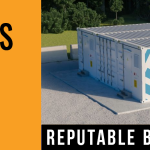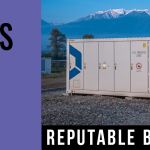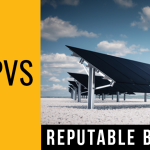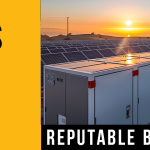 French multinational electric utility Engie has deployed an energy storage system in Holland that is powered entirely by second-life batteries from Renault electric vehicles.
French multinational electric utility Engie has deployed an energy storage system in Holland that is powered entirely by second-life batteries from Renault electric vehicles.
The 150 kW/90 kWh E-STOR system in Rotterdam has been developed by UK energy storage technology developer Connected Energy and has been installed on a section of the TenneT distribution network.
The Rotterdam project is the first part of a three-stage project by Engie and Connected Energy. This first step is a seen as ‘proof of concept’, designed to demonstrate the technical and economic viability of using E-STOR second-life battery systems for frequency response services.
Engie says the results so far “are extremely positive: E-STOR has been proven to integrate seamlessly into Engie’s flexibility pool of industrial assets and has already generated its grid balancing revenues”.
In a wider context, the project is part of the Re-Use Re-Power initiative developed by Engie. Phase 2 and Phase 3 will see Engie and Connected Energy deploy much larger E-STOR systems at other sites in Northern Europe for grid balancing services.
The deployment at Rotterdam is also significant at a technical level: the E-STOR utilises a new system architecture which enables second-life electric vehicle batteries to be operated in series, which the company says thereby increases power and capacity while reducing cost.
A control room has also been built where the operations of the system can be demonstrated.
Connected Energy chief executive Matthew Lumsden said: “We are delighted with the positive results and feedback from the first stage of this exciting journey with Engie. Our second-life E-STOR battery containers have been proven to deliver on a technical and economic level: they should provide a guaranteed 10-year service in the frequency market with a substantial cost benefit versus new batteries.
“This is just the start of sequence of much bigger system roll-outs – 2019 is looking extremely promising indeed.”
Marcel Didden, project manager of the Re-use and Re-Power project, said: “Using second life car batteries is known to have technology challenges due to the different ageing history of the batteries. As this Rotterdam unit has been approved by the Dutch TSO to provide frequency reserve, Connected Energy has proven to manage these complexities.”
read more
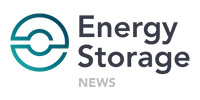 As well as Elon Musk remarking that the company may have had its “best ever quarter” for solar since the SolarCity takeover, Tesla’s energy storage deployments have enjoyed a ramp up, while a fellow exec hinted the stationary battery business is constrained by cell supply.
As well as Elon Musk remarking that the company may have had its “best ever quarter” for solar since the SolarCity takeover, Tesla’s energy storage deployments have enjoyed a ramp up, while a fellow exec hinted the stationary battery business is constrained by cell supply. The world’s biggest and most effective battery, hydroelectric pumped storage, is more in demand than ever. The technology that uses water in an upper and lower reservoir to store and provide energy on demand is proving an important player in the rapidly changing global energy market.
The world’s biggest and most effective battery, hydroelectric pumped storage, is more in demand than ever. The technology that uses water in an upper and lower reservoir to store and provide energy on demand is proving an important player in the rapidly changing global energy market. The 21st-century grid is transforming faster than anyone imagined ten years ago, when natural gas seemed to be our power source of the future. Today, with ever-dropping prices in renewables and storage, the future is being re-defined.
The 21st-century grid is transforming faster than anyone imagined ten years ago, when natural gas seemed to be our power source of the future. Today, with ever-dropping prices in renewables and storage, the future is being re-defined. The advent of technologies such as energy storage, small-scale embedded generation and smart grid solutions are set to fundamentally change South Africa’s electricitylandscape, outgoing Eskom generation group executive Thava Govender said during an opening address at the SA Energy Storage conference on Tuesday.
The advent of technologies such as energy storage, small-scale embedded generation and smart grid solutions are set to fundamentally change South Africa’s electricitylandscape, outgoing Eskom generation group executive Thava Govender said during an opening address at the SA Energy Storage conference on Tuesday. 2018 has been a good year so far for battery storage. Not only is the U.S. residential storage market booming, but an extension of the Self Generation Incentive Program (SGIP) in California is paving the way for ongoing growth over the next five years.
2018 has been a good year so far for battery storage. Not only is the U.S. residential storage market booming, but an extension of the Self Generation Incentive Program (SGIP) in California is paving the way for ongoing growth over the next five years.